Among countless modern forms of entertainment, the Art of Hát Bội (also known as “tuồng cổ” - classical Vietnamese opera) quietly endures as a timeless art form. Its rhythmic drum beats, melodious arias, and vivid stage aesthetics carry the essence of Vietnam’s spiritual and cultural heritage. Originating from royal court performances, Hát Bội was once an elite pastime reserved for emperors and nobles. Over time, this performing art transcended palace walls, rooting itself in community life - becoming an integral part of village festivals and temple rituals.
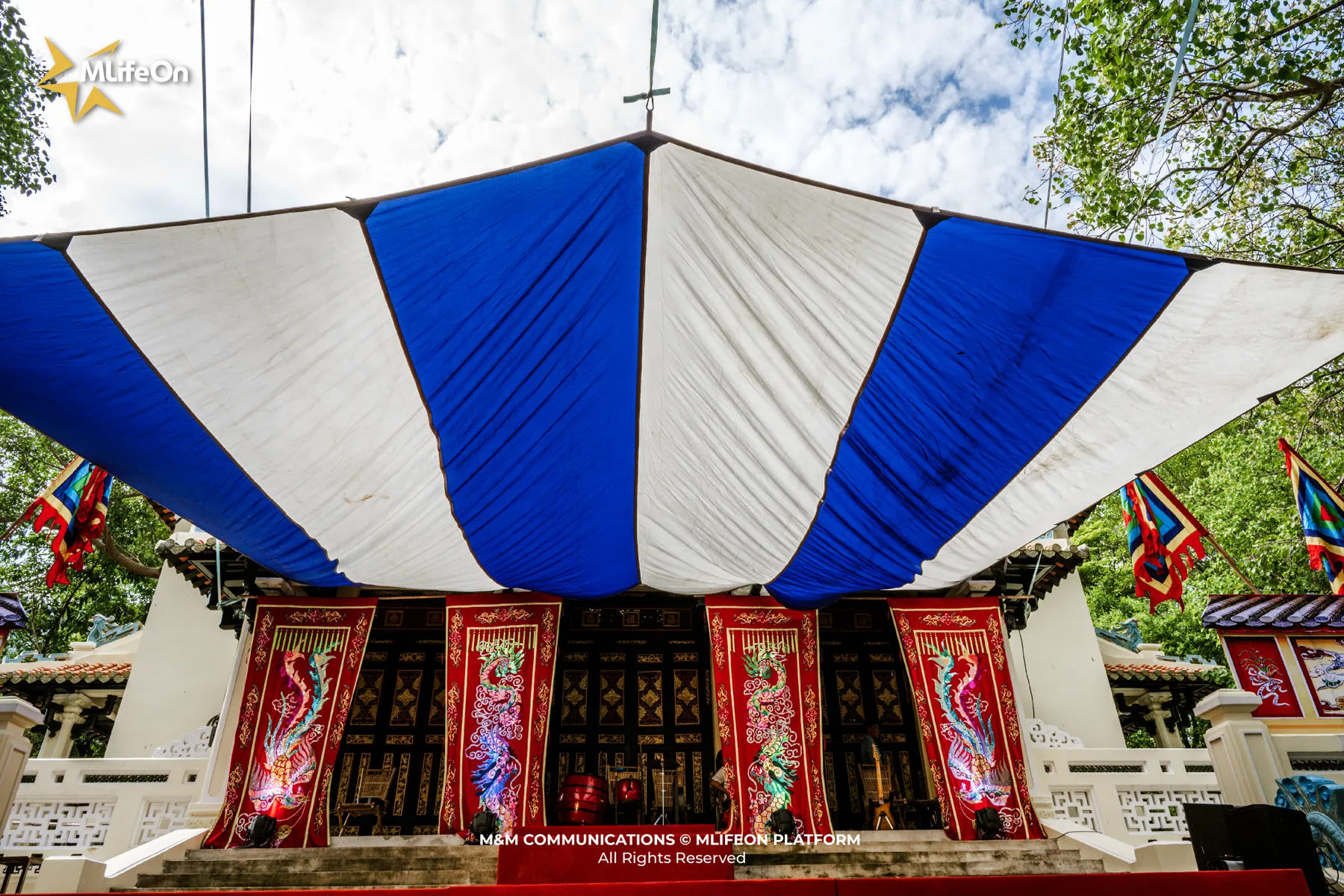
Origins and Historical Development of the Art of Hát Bội
Emerging in the 13th century under the Trần dynasty, Hát Bội initially served the royal court as a refined form of theatrical entertainment. By the 17th century, the revered scholar Đào Tấn played a pivotal role in introducing Hát Bội to Central and Southern Vietnam, laying the foundation for its growth. The art form reached its golden era during the Nguyễn dynasty, especially under Emperor Tự Đức.
While Hát Bội in the imperial courts carried a sense of solemnity and ritual, its Southern adaptation embraced a more accessible and folk-oriented character. In village courtyards, Hát Bội became a vessel for spiritual expression and communal bonding, embedding itself into the daily lives of the people.
Distinctive Features of the Art of Hát Bội Compared to Other Performing Arts
One of the most recognizable aspects that sets Hát Bội apart from other theatrical art forms is the striking way in which characters are portrayed. Hát Bội performers typically wear heavy makeup with vivid, contrasting colors to clearly define each character's personality traits. With just a glance, the audience can immediately identify whether a character is loyal or treacherous, noble or cunning.
A red-painted face signifies a heroic, loyal figure; black symbolizes honesty and hot temper but with a straightforward nature; pale white suggests a deceitful, sycophantic character; grey represents the elderly, while green hints at ghostly or scheming forces. Eyebrow shapes are also used to distinguish character types in Hát Bội: soft curves belong to kind-hearted individuals; white brows imply divine or supernatural beings; wavy brows convey arrogance; upright brows reflect hot-headedness; and short, fragmented strokes often indicate villainous or petty characters.
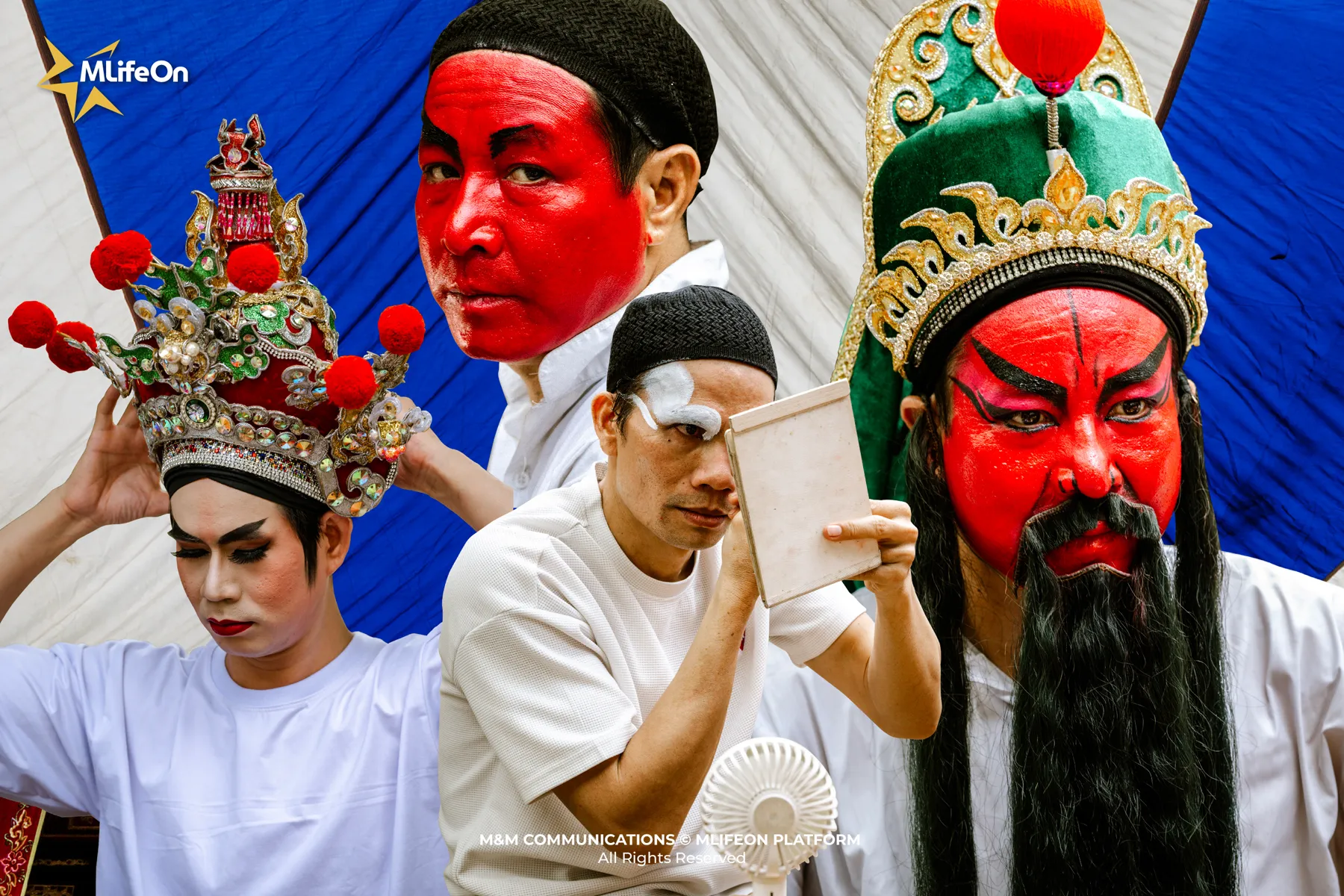
Nghệ sĩ Hát Bội trong tạo hình nhân vật, chuẩn bị cho vở diễn sân khấu truyền thống.
In Hát Bội, the artist is not merely an actor—they are both a vessel of transformation and a storyteller. The process of self-applying makeup, preparing costumes, and mastering expressions, postures, glances, and gestures all require intense discipline and years of rigorous training. Above all, it demands an unwavering love for the traditional arts and a deep sense of cultural responsibility.
The Cultural Role of the Art of Hát Bội in the Past
More than entertainment, Hát Bội served as a moral compass and a social mirror. Its narratives emphasized Confucian virtues: humanity, propriety, integrity, wisdom, and faithfulness. Each play was a didactic journey, portraying both light and darkness within human nature and echoing aspirations for justice and compassion.
Under the Nguyễn dynasty, Hát Bội was ubiquitous - from imperial celebrations to rural festivals - forming an indispensable part of Vietnam’s spiritual life. Audiences attended not just for amusement but to connect with their cultural identity and reaffirm patriotic and moral values.
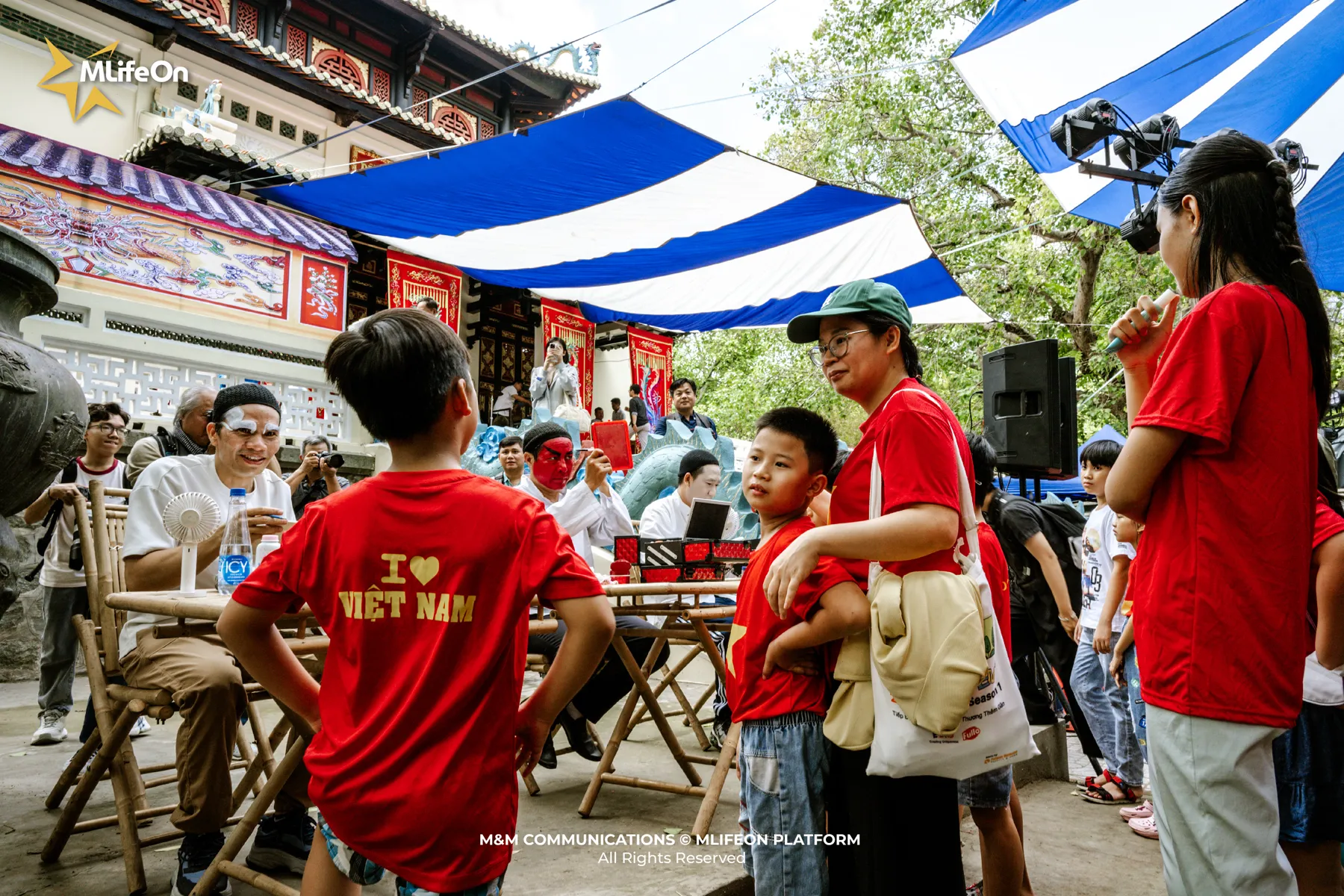
The Ongoing Effort to Preserve the Art of Hát Bội
In today’s fast-evolving entertainment landscape, Hát Bội faces significant challenges. No longer a common fixture in community festivals, the art form confronts a pressing question: how can it stay relevant, especially among younger generations unfamiliar with its traditional rhythms and rituals?
Yet the flame has not been extinguished. Veteran performers continue to protect and pass on their craft, while a new generation of artists is reimagining Hát Bội for contemporary audiences, bringing it closer to schools, stages, and social platforms where its voice can still resonate.
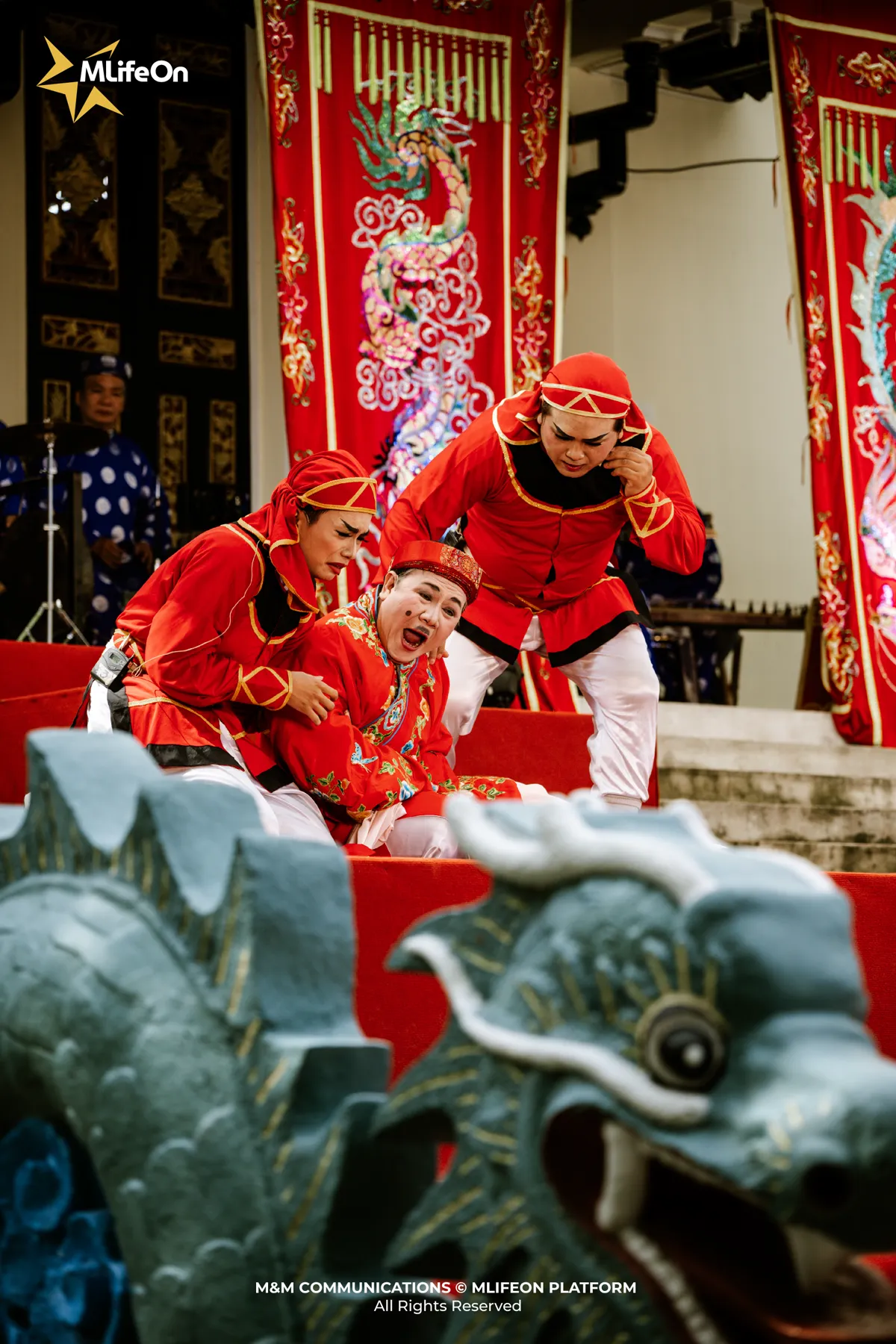
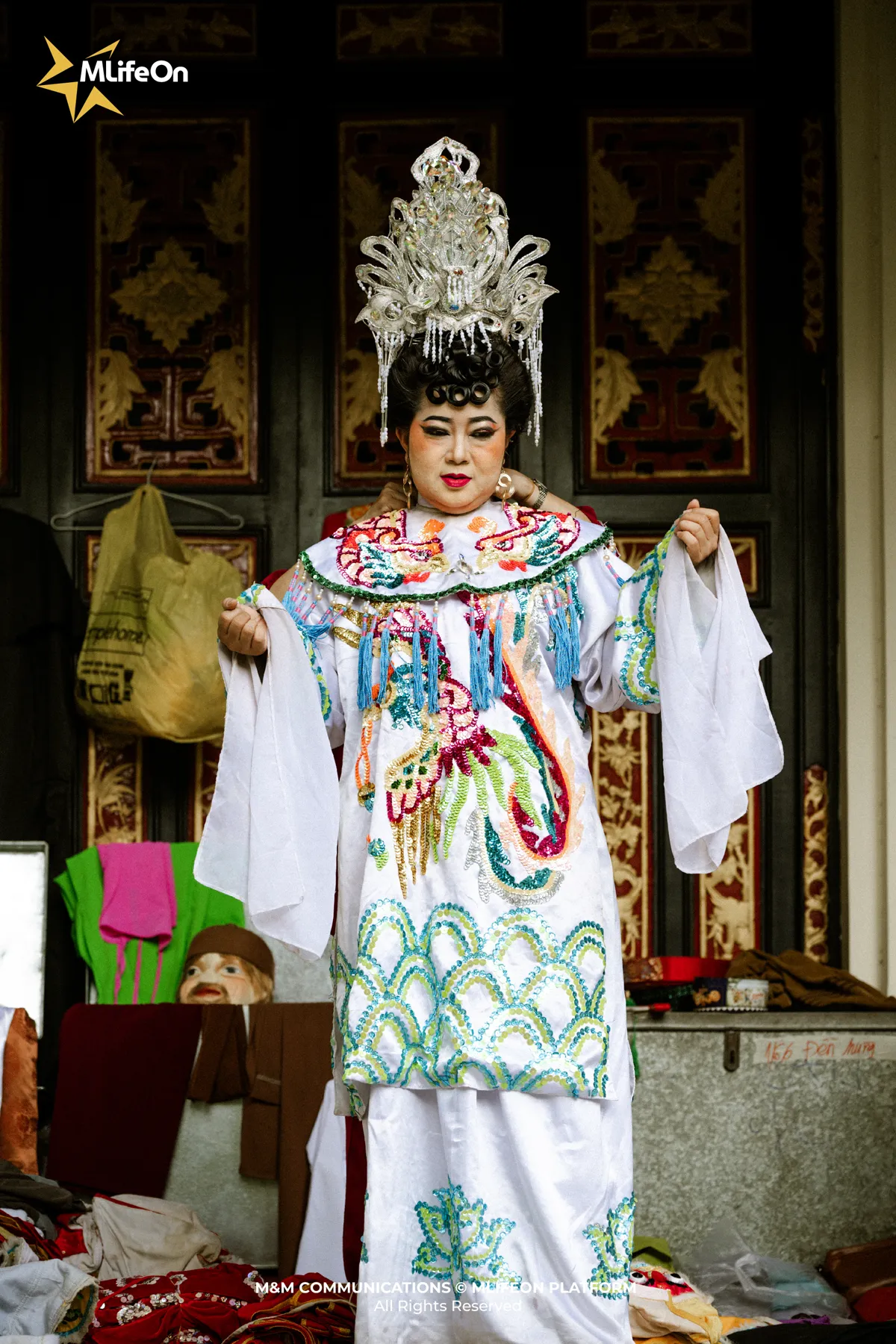
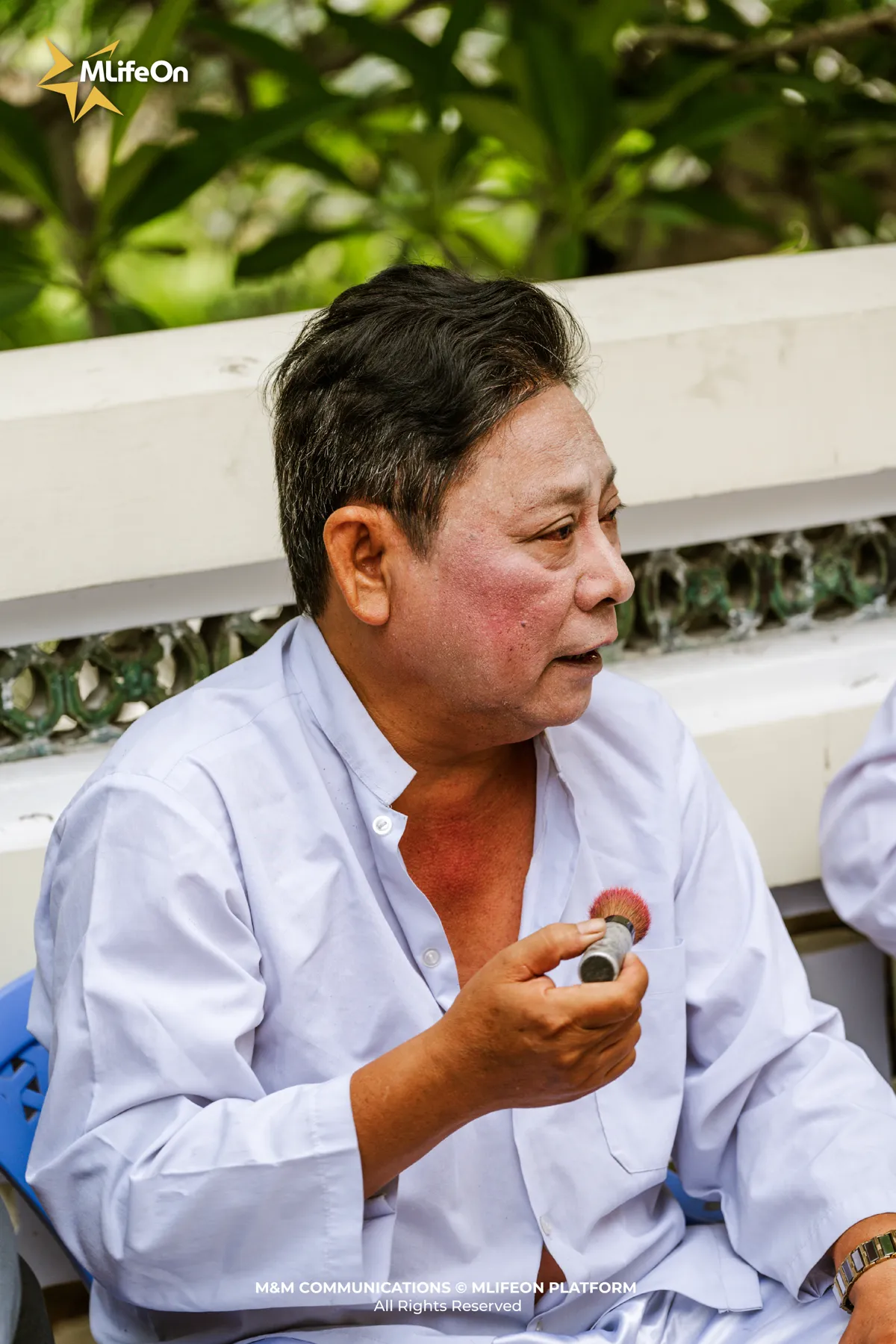
Các nghệ sĩ Hát Bội kỳ cựu vẫn miệt mài gìn giữ nghề qua từng vở diễn
Embracing the Present: the Art of Hát Bội in Modern Times
Today, Hát Bội is gradually adapting to the modern age. No longer confined to village temples or traditional festivals, it is finding new expressions, where age-old tales are told with fresh energy and creative interpretation.
While its form evolves, the soul of Hát Bội remains intact: a proud emblem of cultural heritage and an invaluable artistic asset. These innovations not only help preserve traditional values but also engage a new generation, inspiring them to carry forward the legacy of Vietnamese theatre.
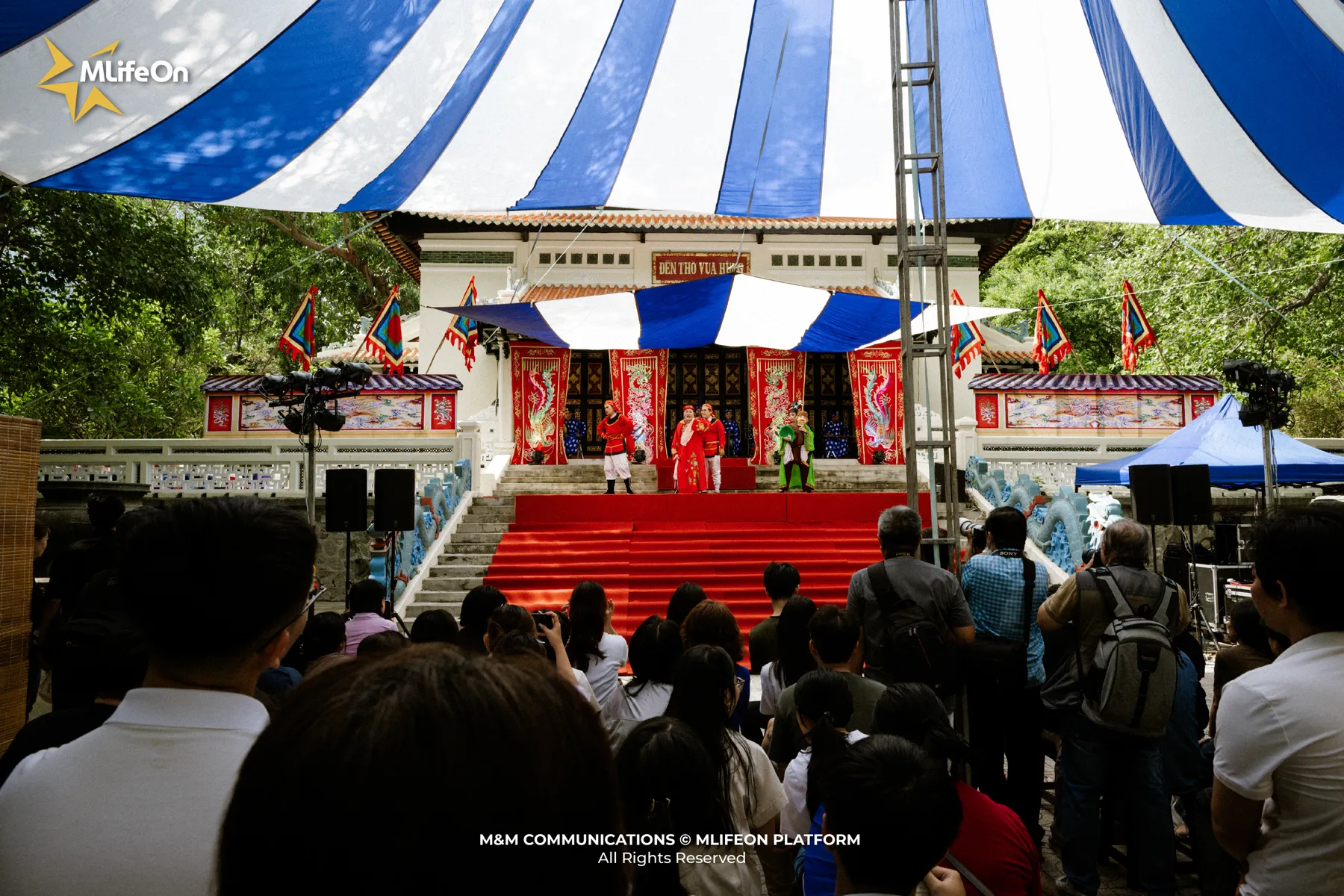
Sân khấu Hát Bội tại Đền Hùng - Bảo tàng Lịch sử TP.HCM
Conclusion
Currently, the Ho Chi Minh City Hát Bội Theatre holds weekly performances every Sunday morning at the Hùng Kings’ Temple (within the Museum of Vietnamese History) and at the Mausoleum of General Lê Văn Duyệt, these performances will continue until the end of 2025. These events offer a rare opportunity for the public, especially the youth - to experience the vibrant beauty of Hát Bội firsthand, right in the heart of the modern city.
---------
CREDIT:
- Photography: Luan Nguyen
- Content: Vy Vy
- Design: Phuong Nguyen





















